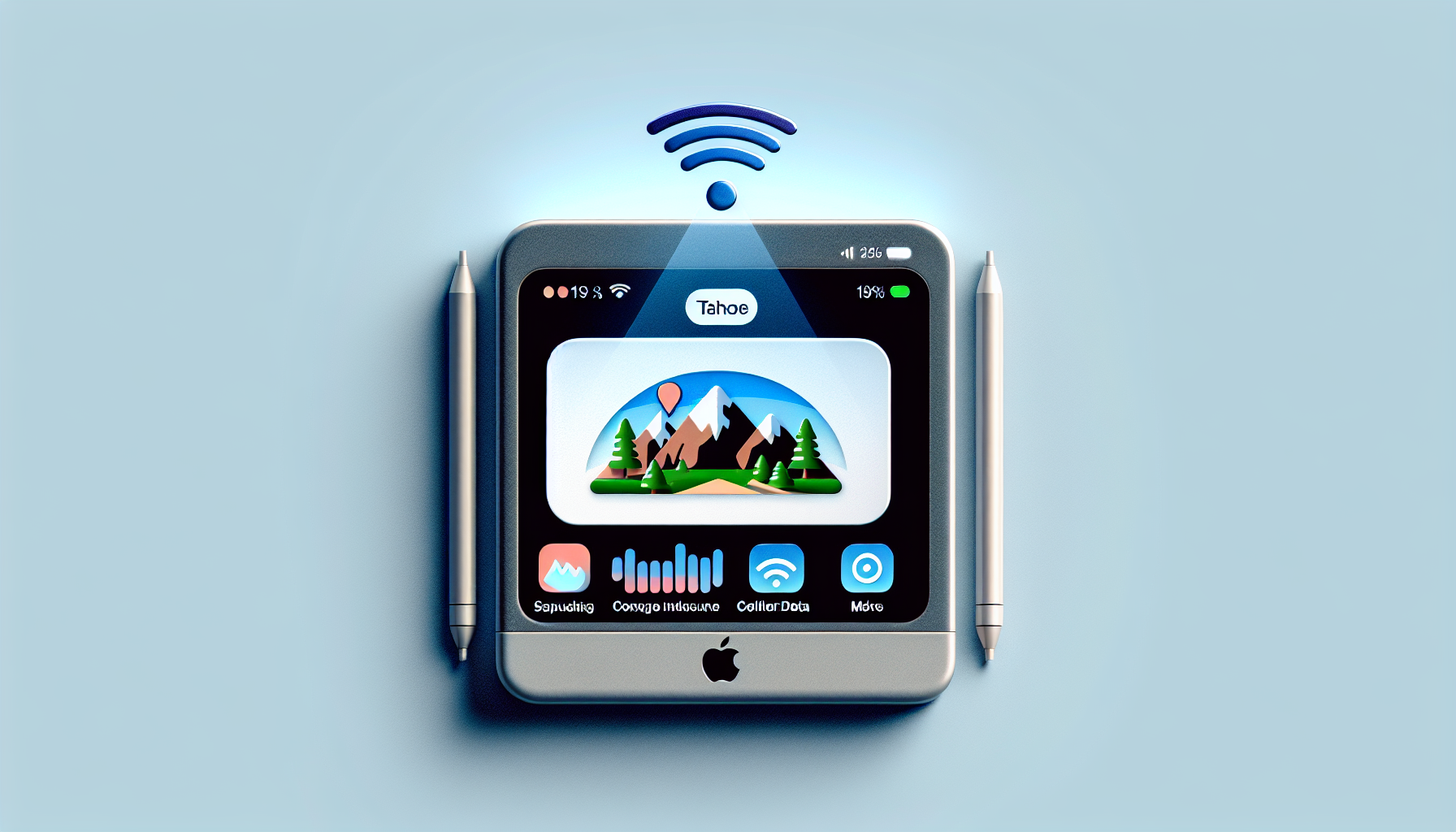Apple Could Be Working on Cellular-Enabled macOS Tahoe Devices
Apple’s Vision for macOS Tahoe 26
At WWDC 2025, Apple presented macOS Tahoe 26, the forthcoming operating system upgrade for Macs, representing a notable advancement in the progression of Apple’s desktop environment. This update holds particular significance as it is the final software iteration to support Intel models. Among its standout attributes are a redesigned interface, a completely new Safari browser, and the highly awaited launch of a Phone app.
The New Phone App: A Revolutionary Addition for macOS
The addition of a Phone app in macOS Tahoe suggests Apple’s plan to enhance communication across its devices. Characterized by Apple as a function that enables users to “make and receive calls with a click,” the app offers simple access to synchronized content such as Recents, Contacts, and Voicemail, reflecting the similar functionalities found on the iPhone. This advancement incites curiosity regarding the prospects of cellular-enabled Macs in the foreseeable future.
Is Apple Considering Cellular Macs?
The launch of the Phone app indicates that Apple might be investigating cellular functionalities for Mac devices. Although it has long been possible to manage calls and utilize FaceTime on a Mac, the specific Phone app signals a move towards enhancing the autonomy of Macs in communication, potentially via cellular integration.
Apple’s 5G Modem Aspirations
A pivotal aspect fueling speculation about cellular Macs is Apple’s commitment to developing its own 5G modems. Although the current C1 chip falls short compared to Qualcomm’s alternatives, it demonstrates excellent battery life and overall performance, as shown by the iPhone 16e. Apple intends to incorporate its proprietary chip into the iPhone 18 series, underscoring its dedication to fine-tuning and advancing its modem technology.
Timeline for Cellular-Enabled Macs
Reports suggest that Apple’s cellular modem may not be ready until 2026, with additional time required to incorporate it into devices like the Apple Watch, iPad, and eventually the Mac. This schedule is consistent with Apple’s history of slowly integrating new technologies, hinting that cellular Macs may materialize in the upcoming years.
Conclusion
Apple’s announcement of macOS Tahoe 26 and the launch of the Phone app reflect a strategic movement towards more interconnected and independent Mac devices. While the path to cellular-enabled Macs might take a few more years, Apple’s investment in 5G technology and commitment to innovation pave the way for thrilling advancements in the Mac ecosystem.
Q&A Session
Q1: What is the importance of the Phone app in macOS Tahoe?
The Phone app allows users to make and receive calls on their Mac, similar to the functionality on an iPhone, implying potential cellular features for Macs.
Q2: Why is Apple’s work on a 5G modem significant?
Apple’s development of a 5G modem is vital as it seeks to lessen reliance on external suppliers and enhance product integration, which could lead to cellular-enabled Macs.
Q3: When might we see cellular Macs become available?
Considering Apple’s schedule for modem development, cellular Macs may be released a few years following the expected readiness of the modem in 2026.
Q4: How is the new Phone app different from existing call features on Macs?
The Phone app delivers a more cohesive experience, akin to an iPhone, with direct access to features like Recents, Contacts, and Voicemail from the Mac.
Q5: What obstacles does Apple face in producing cellular Macs?
Apple must refine its 5G modem technology and ensure smooth integration into the Mac’s system-on-a-chip, presenting complex engineering challenges.
Q6: How does Apple’s C1 chip stack up against Qualcomm’s processors?
While the C1 chip may not perform as well in certain tasks compared to Qualcomm’s processors, it excels in battery longevity and performance, highlighting Apple’s emphasis on efficiency.